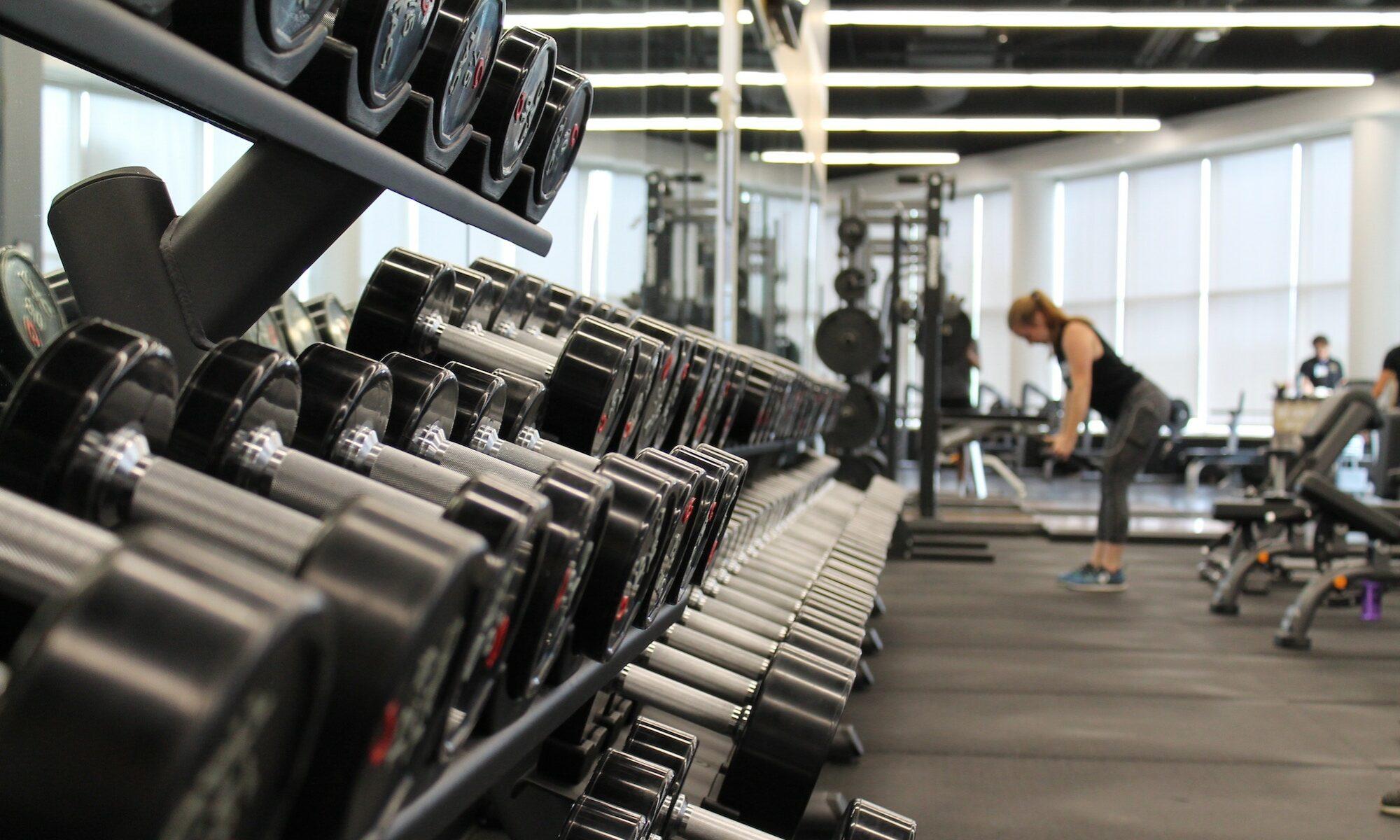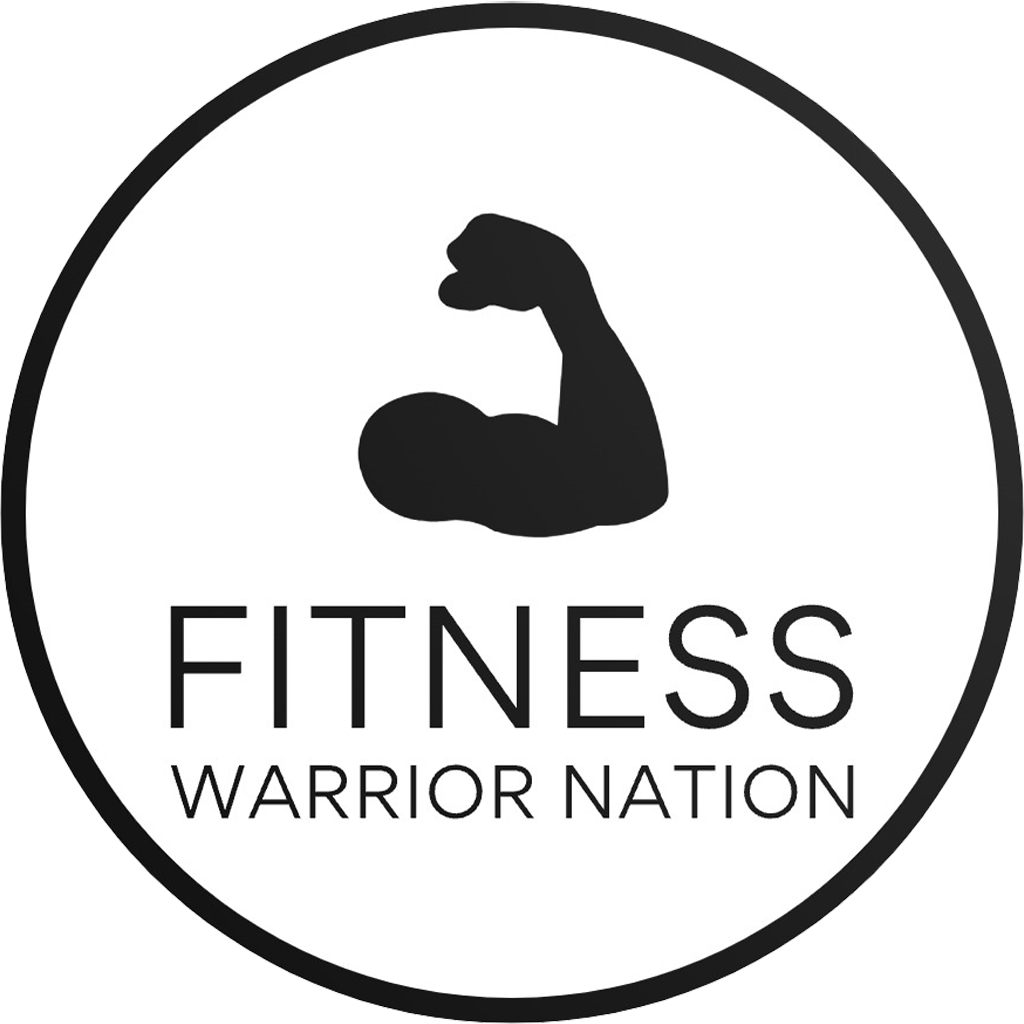Japanese walking has surged in popularity across the fitness community as an innovative and efficient exercise technique that blends tradition and science. With its roots in Japan and a focus on interval-style walking, it has captivated those from beginners to seasoned athletes seeking a fresh yet accessible way to enhance cardiovascular health, increase fat burn, and improve overall physical fitness — and all without demanding sophisticated equipment or considerable time investment. This approach, created by experts at Shinshu University, emphasizes quality over quantity in movement and invites people to move smarter rather than simply harder. As fitness warriors explore how Japanese walking stacks up against conventional routines and high-tech training gadgets from leading brands like Nike, Adidas, and New Balance, the conversation increasingly turns to how this practice fits into modern active lifestyles that favor functionality, sustainability, and tangible health outcomes.
Understanding Japanese Walking: The Science Behind This Innovative Fitness Trend
At its core, Japanese walking revolves around interval training principles but tailors the intensity to suit a broad range of fitness levels. Developed by Professor Hiroshi Nose and Associate Professor Shizue Masuki at Shinshu University, this regimen alternates between brisk walking and light walking in three-minute intervals repeated over a 30-minute session, ideally performed four times weekly. Unlike traditional long-distance walking or step-counting goals, this method emphasizes controlled bursts of effort aimed at reaching a “somewhat hard” pace suitable for challenging but sustainable exertion.
This approach is designed to push the cardiovascular system moderately without tipping over into excessive fatigue associated with high-intensity interval training (HIIT), making it more approachable for older adults or those new to fitness. The higher-intensity segments require walking at a speed where conversation becomes challenging but is still possible, while the lighter intervals allow recovery through comfortable, easy-paced strolling. This rhythm optimizes heart rate elevation, fat metabolism, and oxygen consumption in a way typical steady-state walking cannot achieve within the same timeframe.
To facilitate adherence, the only required tools are a stopwatch and a safe walking path—there’s no need for pricey gear or gym memberships. However, selecting the right footwear can amplify benefits and comfort. Brands such as Asics, Saucony, and Hoka One One offer excellent cushioning and support tailored for walking workouts, helping reduce impact and minimize injury risks. Ensuring adequate foot support encourages consistency and maximizes performance during brisk and recovery intervals.
Recent years have seen an influx of athletes and fitness enthusiasts experimenting with this practice, often combining it with other low-impact training to avoid burnout and promote longevity in their routines. For example, Brooks and Mizuno enthusiasts often recommend Japanese walking during recovery weeks as a means to maintain cardiovascular fitness without overloading joints. This dynamic adaptation exemplifies how the method lends itself to hybrid training programs that draw from running, walking, and interval training to foster holistic fitness.
- Interval durations: 3 minutes brisk walking, 3 minutes light walking
- Session length: 30 minutes minimum, performed 4 times per week
- Intensity guidelines: ‘Somewhat hard’ for brisk stages, comfortable for light stages
- Minimal equipment: stopwatch and suitable walking shoes (Asics, Saucony, Hoka One One)
- Universal accessibility: fits all ages and fitness levels
| Walking Phase | Duration | Intensity Level | Talk Test Result |
|---|---|---|---|
| Brisk Interval | 3 minutes | Somewhat hard | Talking restricted, but possible |
| Light Recovery | 3 minutes | Light | Comfortable conversation |
The Health Benefits of Japanese Walking Vs Traditional Walking and HIIT
Among prime motivators for adopting Japanese walking are its proven cardiovascular and metabolic benefits. In landmark 2007 research based in Japan, participants performing Japanese walking intervals experienced greater reductions in body weight, better improvements in leg strength, and more significant decreases in blood pressure compared to peers who followed moderate-intensity continuous walking routines, even with similar step counts near 8,000 per day. These findings underscore that smart-intensity variation elicits superior results over steady pacing often prescribed in conventional walking programs.
Furthermore, Japanese walking blends interval training’s fat-burning power with the low injury risk of walking, an ideal combination for aging populations and those avoiding high-impact activities. Long-term follow-up studies suggest this method preserves muscle strength and cardiorespiratory fitness better as individuals age, highlighting its protective effects against the typical declines associated with sedentary lifestyles and advancing years. Moreover, this trend aligns with ongoing research emphasizing that total physical activity — particularly incorporating moderate to vigorous bouts — supports longevity and overall quality of life.
The impact on blood pressure is especially notable. Hypertension, a widespread health challenge, benefits significantly from exercise that raises heart rate intermittently without overstressing individuals. The “somewhat hard” pace elicits meaningful vascular adaptations leading to decreased resting blood pressure and improved cardiovascular markers, documented in multiple research settings applying Japanese walking protocols.
Comparing Japanese walking to high-intensity interval training (HIIT) reveals a strategic middle ground. While HIIT is effective, its intensity and recovery demands often discourage consistent participation, particularly in older or less conditioned groups. Japanese walking offers a gentler alternative that still captures many of the same cardiovascular benefits, making it a sustainable choice for wider demographics. For instance, combining workouts with shoes from Adidas or On Running augments comfort and performance during intervals, encouraging longer-term compliance.
- Greater fat burning and weight loss than continuous walking
- Lower blood pressure improvements
- Preservation of leg strength and physical fitness through aging
- Reduced injury risk compared to HIIT or running
- Better adherence in lower-fitness or older populations
| Benefit | Japanese Walking | Traditional Walking | HIIT |
|---|---|---|---|
| Weight Loss | High | Moderate | Very High |
| Blood Pressure Reduction | Significant | Moderate | High |
| Muscle Strength Preservation | Good | Moderate | Variable |
| Injury Risk | Low | Very Low | Moderate to High |
| Suitability for Older Adults | Excellent | Good | Poor |
Incorporating Japanese Walking Into Your Fitness Routine for Lasting Results
Adapting Japanese walking effectively within a personal fitness regimen requires thoughtful planning and a focus on consistency. It excels as a time-efficient alternative for those pressed for time or overwhelmed by prolonged workouts demanding high mental energy. Since the method calls for 30-minute sessions four times per week, scheduling and commitment become pivotal, yet its low barrier to entry helps foster adherence. Pairing Japanese walking with complementary exercises can further amplify overall health outcomes and physical capacities.
For example, following Japanese walking sessions with light strength training emphasizing leg and core muscles using bodyweight or resistance bands can consolidate gains in muscle power and balance. This integration supports not only walking performance but also functional mobility critical for daily life. Athletes prioritizing recovery phases often blend this walking style with yoga or Pilates to maintain flexibility and mental focus, creating a comprehensive approach to wellness.
When integrating the technique, selecting the right gear makes a tangible difference in enjoyment and injury prevention. Walking shoes designed by Mizuno, Salomon, and Brooks offer durability, shock absorption, and metabolic energy return — essential qualities for comfortably handling brisk intervals. Wearing moisture-wicking apparel made by Nike, Adidas, or On Running helps regulate body temperature, further enhancing endurance and session consistency.
- Commit to four 30-minute sessions weekly
- Alternate brisk and light walking intervals precisely
- Combine with strength training or flexibility workouts
- Use appropriate footwear and moisture-wicking clothing
- Track progress with a stopwatch or fitness tracker
| Step | Purpose | Recommended Practices |
|---|---|---|
| Interval Timing | Balance intensity and recovery | Strictly 3 minutes each phase |
| Footwear Selection | Ensure comfort and support | Use walking shoes from Hoka One One or Asics |
| Session Frequency | Build regular habit | 4 times weekly minimum |
| Supplementary Workouts | Enhance fitness and flexibility | Strength training, yoga, Pilates |
| Progress Tracking | Maintain motivation and adjust efforts | Use stopwatch or wearable tech |
Addressing Challenges and Limitations of Japanese Walking for Diverse Populations
Despite its many advantages, Japanese walking isn’t a perfect fit for everyone. A 2007 study highlighted that approximately 22% of participants did not complete the Japanese walking program, compared to around 17% in a lower-intensity continuous walking group. This points to potential barriers such as physical capability, motivation, or lifestyle compatibility that might impede consistent practice.
People with specific health conditions, joint issues, or mobility disabilities may find the brisk intervals intimidating or physically demanding. It is always essential to consult healthcare professionals before embarking on any new exercise, especially when existing medical problems exist. For some, traditional step targets—like reaching 6,000 to 10,000 steps per day depending on age—may be safer or more motivating. Established walking goals remain scientifically validated for longevity and offer flexibility and ease.
Additionally, environmental factors like weather, terrain, or safe walking spaces influence adherence and enjoyment. Individuals living in urban areas with limited greenery or harsh climates might struggle to maintain outdoor sessions regularly. Indoor alternatives, including treadmill interval walking—potentially adjusted with an incline setting to mimic outdoor conditions—can help bridge this gap without sacrificing benefits. Incorporating trusted gear from brands like New Balance, Brooks, or On Running can enhance indoor training quality and comfort.
Addressing motivation challenges requires cultivating habits grounded in practical goals and social support. Group walking clubs or challenges can inject a sense of accountability and camaraderie. Accessory technology, including fitness trackers or smartphone apps monitoring walking intervals, also inspires persistence. The key lies in personalizing Japanese walking to align with lifestyle realities, preferences, and physical capacities.
- Not suitable for all due to fitness and health barriers
- Higher dropout rates compared to continuous walking
- Environmental and logistical challenges for outdoor walking
- Indoor treadmill walking with incline as an alternative
- Importance of customization and professional guidance
| Challenge | Impact | Possible Solution |
|---|---|---|
| Physical Limitations | Completion rates hindered | Consultation with doctors, modified pace |
| Motivational Barriers | Higher program dropout | Group support, tech tracking |
| Environmental Factors | Irregular practice due to weather/safety | Indoor treadmill with incline |
| Gear Accessibility | Comfort and performance issues | Use brands like Mizuno, New Balance |
| Program Suitability | Not ideal for all demographics | Alternative activity plans |
Combining Japanese Walking With Popular Fitness Brands and Lifestyle Practices for Optimal Impact
The success of Japanese walking can be further complemented by incorporating high-quality fitness brands and cultivating daily habits that promote vitality and well-being. The synergy between effective movement and appropriate gear cannot be overstated. Choosing footwear from renowned companies such as Nike, Adidas, New Balance, Asics, Saucony, Mizuno, Hoka One One, Brooks, Salomon, and On Running ensures biomechanical efficiency, comfort, and injury prevention—all critical for maintaining consistency.
Moreover, integrating Japanese walking with other proven lifestyle habits enriches physical and mental results. Strategies such as morning stretching routines, balanced nutrition, mindful hydration, and scheduled recovery periods contribute holistically to health and empower sustained activity engagement. Fitness Warrior Nation’s detailed guides on daily habits for vitality spotlight practical ways to embed these behaviors seamlessly into modern life.
Emerging trends in wearable technology now enable walkers to monitor intensity, cadence, and heart rate, fine-tuning their Japanese walking sessions for maximal benefit. Popular smartwatches and fitness bands, often used alongside shoes from Hoka One One or Salomon, provide real-time feedback encouraging users to maintain correct pace segments and track progress over weeks and months.
Fitness communities and social platforms foster motivation and knowledge-sharing by popularizing Japanese walking challenges, event participation, and peer coaching. From Instagram spotlighting gear reviews and walking techniques to TikTok featuring interval walking tutorials, digital engagement enhances accountability and inspiration. Even YouTube offers a rich catalog of guided interval walking workouts demonstrated by professionals aligned with the Japanese walking ethos.
- Select footwear offering necessary support (Nike, Brooks, On Running)
- Leverage wearable fitness tech for real-time feedback
- Adopt complementary lifestyle habits from Fitness Warrior Nation’s guides
- Engage with digital fitness communities for motivation and support
- Participate in interval walking challenges and events
| Element | Role | Recommended Brands/Platforms |
|---|---|---|
| Footwear | Support, comfort, injury prevention | Nike, Adidas, New Balance, Asics |
| Fitness Gadgets | Monitor pace, heart rate, interval timing | Garmin, Fitbit, Apple Watch |
| Nutrition and Hydration | Enhance recovery and energy | Guides on Fitness Warrior Nation |
| Digital Platforms | Community support and education | Instagram, TikTok, YouTube |
| Motivational Events | Accountability and engagement | Online walking challenges |


